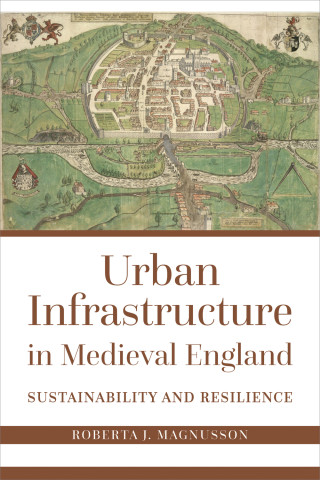
Reviews
Well written and well researched. It is a valuable addition to the fields of public health, public policy, and pharmaceutical marketing.
It deserves wide readership, particularly for graduate student seminars in public health, medical social science and history of science and medicine.
An eminently readable examination of the turbulence surrounding this particular collision of science, commerce, and politics.
Masterfully insightful and astute... This is a vital new text for undergraduate and graduate pedagogical programs focusing on the history and social-scientific analysis of health, medicine, science, technology, and society as well as a significant resource for debate within the policymaking arena and for instruction in public health and cancer prevention.
Scholars and policymakers alike will draw lasting lessons from this timely, fascinating, and engaging collection on the controversial HPV vaccine.
Book Details
Acknowledgments
Introduction. A Cancer Vaccine for Girls? HPV, Sexuality, and the New Politics of Prevention
Vaccine Time Lines
Part I: The Known and the Unknown: Vaccination Decisions amid Risk and
Acknowledgments
Introduction. A Cancer Vaccine for Girls? HPV, Sexuality, and the New Politics of Prevention
Vaccine Time Lines
Part I: The Known and the Unknown: Vaccination Decisions amid Risk and Uncertainty
Chapter 1. The Coercive Hand, the Benefi cent Hand: What the History of Compulsory Vaccination Can Tell Us about HPV Vaccine Mandates
Chapter 2. Gardasil: A Vaccine against Cancer and a Drug to Reduce Risk
Chapter 3. HPV Vaccination Campaigns: Masking Uncertainty, Erasing Complexity
Chapter 4. The Great Undiscussable: Anal Cancer, HPV, and Gay Men's Health
Chapter 5. Cervical Cancer, HIV, and the HPV Vaccine in Botswana
Part II: Girls at the Center of the Storm: Marketing and Managing Gendered Risk
Chapter 6. Safeguarding Girls: Morality, Risk, and Activism
Chapter 7. Producing and Protecting Risky Girlhoods
Chapter 8. Re- Presenting Choice: Tune in HPV
Part III: Focus on the Family: Parents Assessing Morality, Risk, and Opting Out
Chapter 9. Parenting and Prevention: Views of HPV Vaccines among Parents Challenging Childhood Immunizations
Chapter 10. Decision Psychology and the HPV Vaccine
Chapter 11. Nonmedical Exemptions to Mandatory Vaccination: Personal Belief, Public Policy, and the Ethics of Refusal
Chapter 12. Sex, Science, and the Politics of Biomedicine: Gardasil in Comparative Perspective
Part IV: In Search of Good Government: Eu rope, Africa, and America at the Crossroads of Cancer Prevention
Chapter 13. Vaccination as Governance: HPV Skepticism in the United States and Africa, and the North- South Divide
Chapter 14. Public Discourses and Policymaking: The HPV Vaccination from the Europe an Perspective
Chapter 15. HPV Vaccination in Context: A View from France
Notes on Contributors
Index







